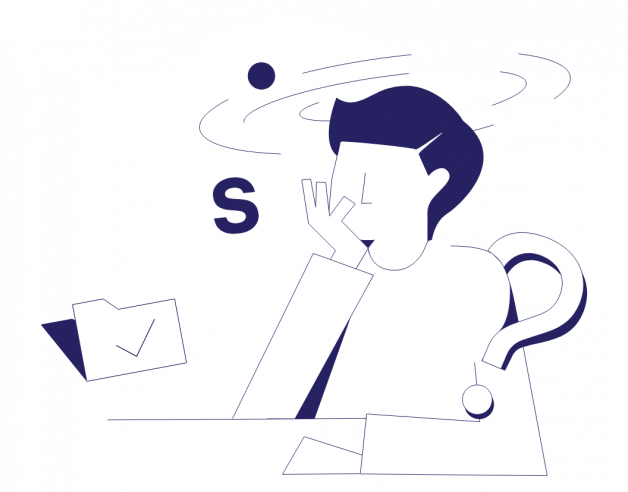
-
3-minute read
-
24th April 2022
What Are Copular Verbs?
Copular verbs are an essential part of the English language, so it’s important to know how they work.
In this post, we’ll show you how to use copular verbs correctly in your writing.
What Are Copular Verbs?
Copular verbs are a type of verb that link the person or thing a sentence is about (the subject) with a phrase that gives more information about the subject (the subject complement).
For example:
The grass is green.
In this sentence, “the grass” is the subject and “green” is the subject complement. They are linked by the copular verb “is.”
Common Copular Verbs
The most common copular verb is “be” and all its forms (e.g., is, are, was, were, will be).
Other common copular verbs include:
● Seem
The kitten seems friendly.
● Become
The prince became king.
● Get
Cheese gets better with age.
Sense verbs such as “look,” “smell,” “feel,” and “sound” can also be used as copular verbs. We’ll take a look at these in more detail later.
Doing or Describing?
Unlike other verbs, copular verbs aren’t used to show an action. Instead, they are used to describe or reidentify the subject.
When used to describe the subject, the copular verb is followed by an adjective or adjective phrase:
The lion’s mane was soft.
The sun seems brighter today.
Find this useful?
Subscribe to our newsletter and get writing tips from our editors straight to your inbox.
Subscribe to Beyond the Margins and get your monthly fix of editorial strategy, workflow tips, and real-world examples from content leaders.
Ben and Hugo are married.
If a copular verb is used to reidentify the subject, it is followed by a noun or noun phrase:
Bigfoot is a legend.
My parents are doctors.
However, some verbs can be used as both copular and action verbs. Take “smell,” for example:
Copular verb: Amy smells like soap.
Action verb: Amy smells the soap.
The first sentence describes what Amy smells like, while the second sentence shows her performing the action of smelling.
This means it’s easy to get copular and action verbs confused, which can result in grammatical errors. For example, when used to show an action, sense verbs are usually followed by an adverb, object, or prepositional phrase:
She looked at the clock.
But when a sense verb is used as a copular verb, it should be followed by an adjective instead; otherwise, the sentence would be incorrect:
She looked tiredly. ✗
She looked tired. ✓
Proofreading for Grammar
Hopefully, this post has helped you understand what copular verbs are and how to use them.
If you need more help with your writing, our team of proofreaders are grammar experts. Submit a free trial document and make sure your writing is error free.




